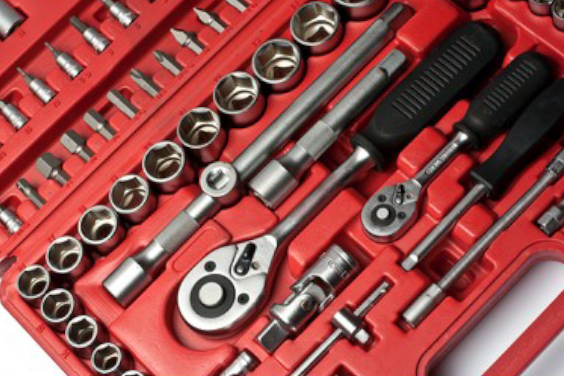
Insert Molding Process Step by Step
It is dangerous to make use of components after they’ve been manufactured without encasing them with plastic. It’s essential to encase these components to make
Share
Share
Injection molding is a manufacturing method that enables for the production of huge quantities of components. Molten materials are injected into a mold to make it operate. It is often used in mass manufacturing to create thousands of similar objects.
In the realm of plastic production, injection molding is a standard technique. It is a necessary step in producing plastic items that involve pumping molten plastic into a mold. Injection molding can be done using various substances as hosts, most frequently metals, to any classification of injection mold.
The hosts are likewise melted in a hot barrel before being injected into the mold cavity alongside the pure polymer coating. In this post, we will look at the many sorts of injection molds, including their benefits and drawbacks and how runners work for certain molding designs.
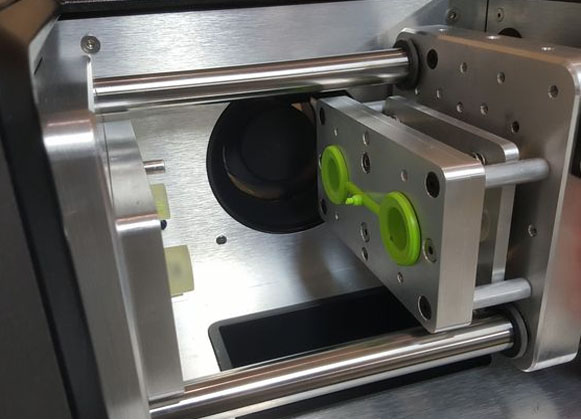
Source: Pinterest
In practice, injection molds are classified into two types: cold runner molds and hot runner molds. However, there are other types as mentioned below. The runner is a critical component of the mold that permits the thermoplastic to go from the chamber of the injection molding machine to its final destination.Both types of plastic molding, as the name indicates, use contrasting temperatures to manufacture plastic components, so each cycle utilizes a separate runner for each plastic object produced.
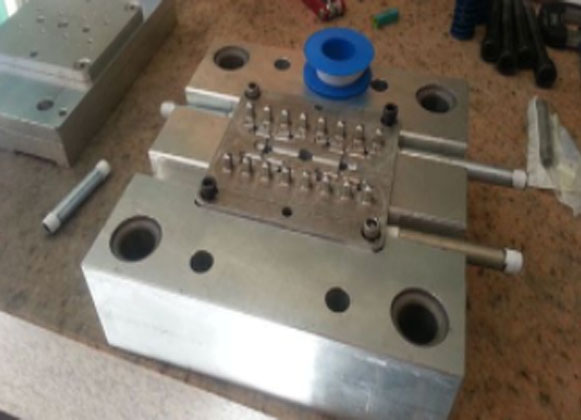
Source: Pinterest
The molding process in a cold runner mold employs cold temperature to chill the runner, which is then expelled together with the plastic component. Throughout each cycle, a runner and a plastic component are expelled from the mold.
The most significant disadvantage of this injection mold design is the quantity of waste created during each cycle and the inability to produce particularly delicate forms at times. If the mold has become too thin, the plastic substance may simply cool down before reaching its destination.
If the plastic molding firm discovers a means to reground or reprocess the runner with the polymer coating, the runners are usually discarded. However, when an additional step is added to it, the overall production process gets considerably longer. The regrinding procedure will also change the physical characteristics of the plastic item produced, resulting in a distinct variant from the initial design.
Cold runner molds, which use sprues and runners to gate into the component, are instances of more conventional tooling. This is the least complex version, although it may lead to more wasted material and slower operating cycles. Depending on the requirements, a portion of the waste products may be re-ground and re-processed for subsequent use; however, this may alter the physical characteristics of the resin.
Working with more sophisticated, high-cost materials like industrial and medicinal grade resins, or the impossibility of employing regrind in your application, may necessitate the usage of a more practical hot runner mold for your application.
The most fundamental form of plastic molding has been the two plate cold runner. The term comes from the fact that the mold separates into two pieces from a single separating plane. Because the runner is on the separating plane, the plastic component is only gated around its borders.
The three plate cold runner includes an extra separating plane, meaning that after the plastic item is released from the mold, the mold separates into three thirds. The runner can be positioned on either side of the separation plane, with the plastic component on the other side. Plastic molding businesses choose the three plate cold runner since it can be gated wherever on its surface, providing them more possibilities for gating.
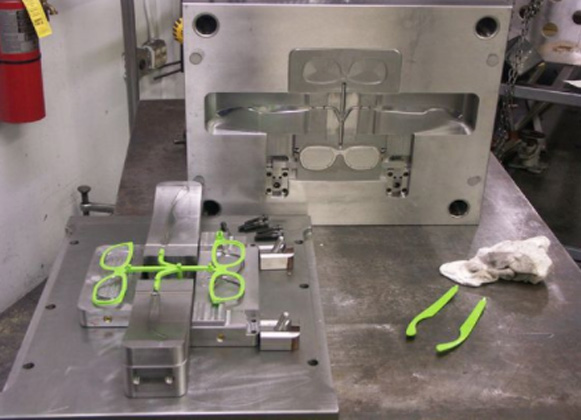
Source: Pinterest
The injection molding in a hot runner mold employs a heat over the melting point of the type of plastic heated in the mold with the runner inserted within the molding system. This injection mold design minimizes, and in some cases eliminates, potential losses created during each cycle. Moreover, it enables more complicated and fine-grained forms than cold runner molds.
The most significant problem with this type of injection mold is the expense of installation. To monitor such a unique injection molding process, a hot runner mold necessitates costly maintenance and specialization. Color changes are also an issue with hot runner molds because you can’t eject all the molten plastic while the runner is still within the mold.
Hot runners provide several advantages for the injection molding firm. Aside from avoiding or reducing plastic waste, there seem to be no runners to cope with after the molding process because the runners are positioned inside the molds. Once the plastic component is removed, the runner is already integrated into the part, eliminating any need for repeated grinding or processing.
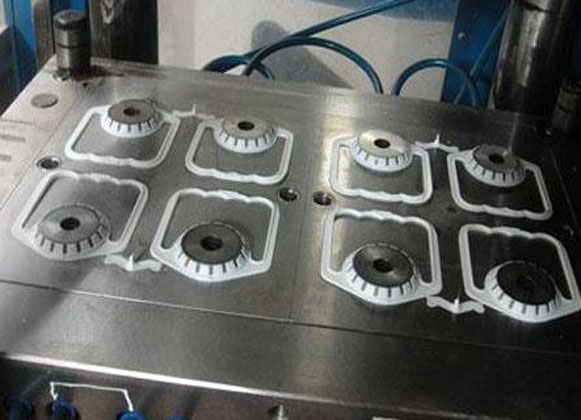
Source: Pinterest
Single cavity molds are intended to manufacture a single component each cycle. Because they are less expensive to manufacture, they are a cost-effective option when part volumes are low. In addition, they have a reduced turnaround time.
The downside is that molding manufacturing costs more for each piece. Molds with several cavities generate more pieces per cycle. The main benefits are higher capacity and cheaper piece component prices due to the ability to create more parts in a comparable cycle time.
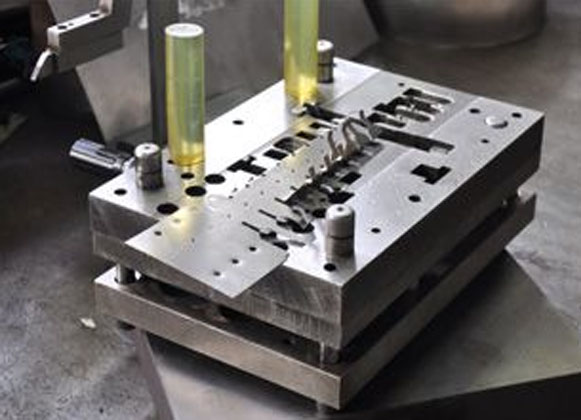
Source: Pinterest
A family mold contains a single mold base with two or more distinct cavities, allowing the manufacture of two or more distinct components. All of the pieces can be manufactured at the same time, or shut-offs can be utilized to limit manufacturing to certain cavities.
For the greatest molding results, the components should be comparable in size, shape, resin, and expected volumes, especially if all parts are to be produced at the same time. Separating the components during or after manufacture may require the use of automation. If mold cost is a consideration and volume is modest, a family mold might give cost savings as well as adaptability.
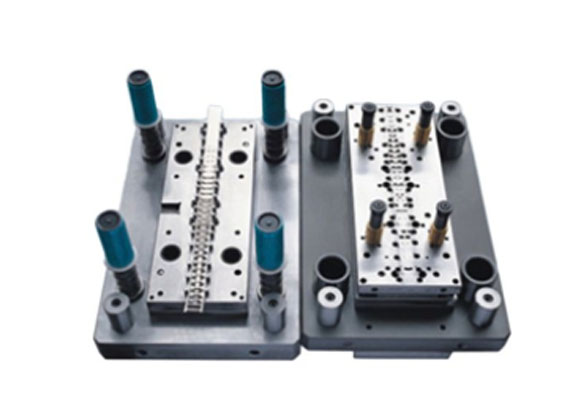
Source: Pinterest
The most frequent way of generating threaded holes within a plastic item is by unscrewing molds. These molds are mechanized using tiny drive systems that are integrated into the process and spin threaded parts to remove cutaway features. Threaded parts can be internal or exterior, and extracting is coordinated with the press cycle.
A product designer can utilize two or more different materials along the same part inside the same cycle by using multi-shot / multi-component manufacturing. Distinct materials may be desirable for a variety of reasons, such as different physical qualities or just appearance.
These molds frequently make use of numerous manifolds inside a single tool. Multi-shot tooling may be utilized for color changes throughout a product line and is an elegant solution for complex goods. Multi-shot tooling necessitates the use of specialty presses and molds. Several machine injectors, hot runner technologies, and mold rotation may be required.
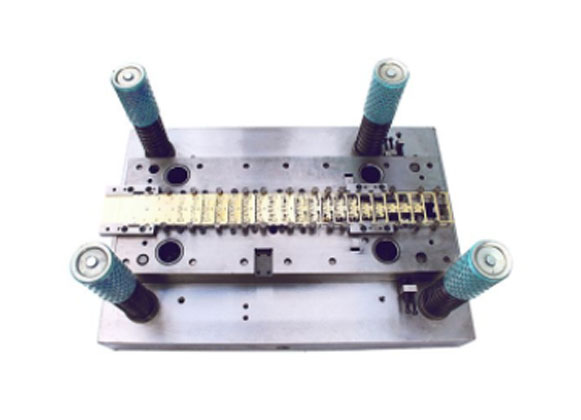
Source: Pinterest
Insulated runner equipment mimics more typical cold runner molds, but they use cartridge radiators or other types of heating to produce an encircling layer of molten resin, producing an insulated barrier to create an impact similar to a hot runner system.
This method is less costly than utilizing a hot runner, which necessitates the use of a control unit, and it also allows for quicker color and material variations. Insulated runners, on the other hand, are not suited for all substances and usually do not perform well with more tough engineering level resins.
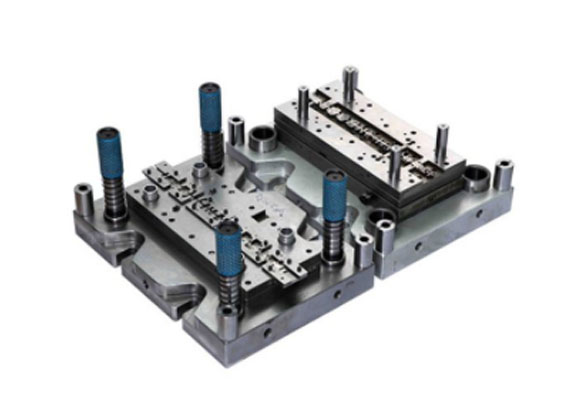
Source: Pinterest
Double Injection, also known as two-material two-shot molding or 2000 molding, is a cutting-edge manufacturing technique used to create complex molded components from two distinct materials. We carefully regulate the injection of several components, including two distinct types of resin, into a continuous, multi-chambered mold using a highly sophisticated and automated technique.
The double injection is carried out on a single machine that is configured to carry out two injections in a single cycle. The first cycle involves a nozzle injecting plastic into a mold. After that, the mold is immediately rotated, and a different polymer is injected into the mold through a second nozzle.
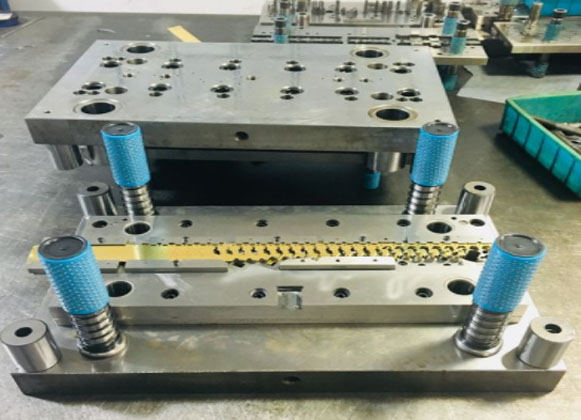
Source: Pinterest
The cold runner mold is the most common form of injection mold in large volume plastic production businesses because of its cost and efficiency. To meet their clients’ high requirements and tight standards, several established plastic injection molding firms opt to employ hot runner injection molds.
Companies can certainly afford the maintenance charges for this molding technique, and they are very likely staffed with specialists that are knowledgeable with hot runner molds.
A cold runner mold is a type of injection mold that is commonly used by a small to medium-sized injection molding factory. The most common reason for selecting this molding design is because of its cost-effective procedures, which generally fall within their limit, and cold runners are perfectly appropriate for most minimalist pieces.
The initial stage of injection molding is the creation of the mold. Most molds are composed of metal, often aluminum or steel, and are carefully machined to fit the characteristics of the object they will manufacture. The various injection mold types listed above each function in a unique way to attain the same purpose.
We recommend consulting with injection mold OEM before choosing which of the above types will be used for the creation of your products. This not only keeps your products up to date, but also improves your professional relationship with the plastic injection mold company you’re working with for better deals in the future.

It is dangerous to make use of components after they’ve been manufactured without encasing them with plastic. It’s essential to encase these components to make
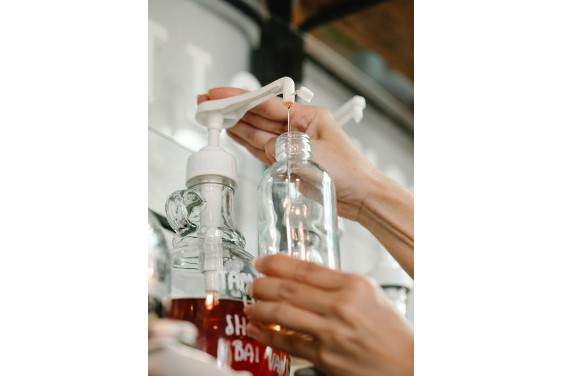
Transparent plastic is being used in virtually every industry and this is because of its capacity to allow you see through and its ease of
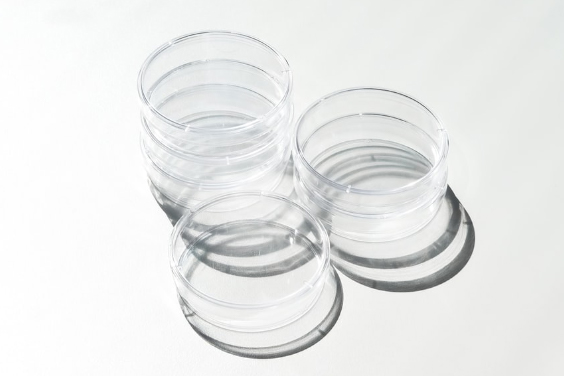
Plastic is a common material used in the production of objects that can be used in homes, the automobile industry, and virtually all sectors. It

Basically, there are two kinds of plastics – thermoplastic, and thermosets. But the majorly talked about kind is the thermoplastic because of its versatile and
+86-755-8524 1121
marketing@rydtooling.com
No. 2, HongKan 1st Road, YanChuan Community, YanLuo Street, BaoAn District, ShenZhen City, China. Post Code 518105.
Subscribe to our newsletter to get manufacturing news and updates!
